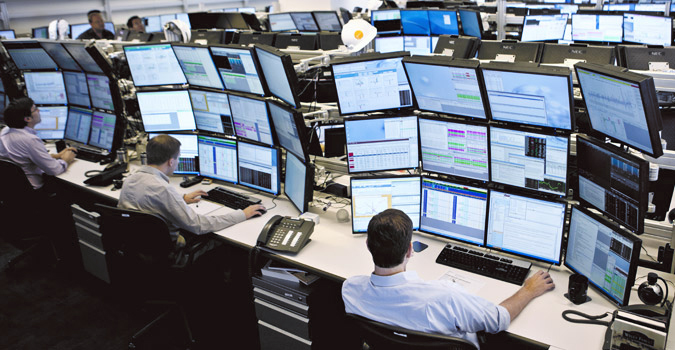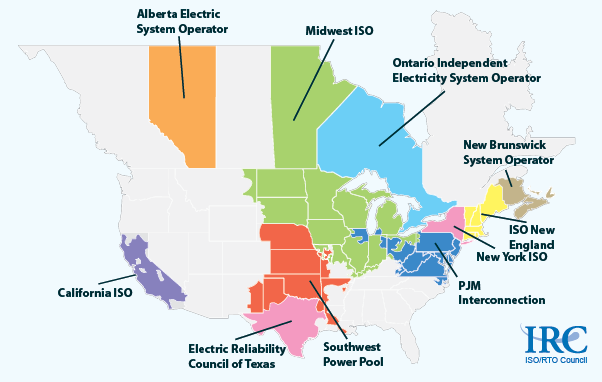What is a wholesale electricity market?

Wholesale electricity markets exist in the US since the deregulation of the energy markets in the 1990s. But what exactly is a wholesale electricity market?
| Summary |
|---|
What is a wholesale electricity market?
Electricity is a commodity which can be purchased, sold and traded. A wholesale electricity market is a place where electricity can be sold and purchased by power producers and electricity retail companies. Wholesale electricity markets were formed during the 1990s deregulation of the electricity markets.
The price of electricity on a wholesale electricity market varies at each instant. The price is determined by supply and demand. This supply and demand is influenced by the weather conditions, as well as the price of fuel used (petrol, natural gas, uranium), or the availability of the resource needed (wind, sunlight, or dam levels), to produce the electricity.
They create advantages over a regulated market, including lower electricity prices, improved price transparency, and better grid reliability.

Electricity can be trading like many other commodities.
How does it work?
Various power producers, such as utility companies or independent power producers (IPP) produce electricity and sell it on their local electricity wholesale market. The electricity for sale is then shown on electricity trading platforms, where it can be purchased by retail electricity suppliers, financial intermediaries, energy traders or directly by large consumers (factories for example). In the US, the wholesale platforms are divided geographically between Independent System Operators (ISO) or Regional Transmission Organizations (RTO).
Independent system operators (ISO) / Regional Transmission Organization (RTO)

Electricity trading is necessary for grid stability.
Electricity can be sold or purchased between states in the US. Nevertheless, this requires reliable electricity transmission infrastructure. Electricity wholesale markets are usually organised by independent system operators (ISO) or Regional Transmission Organization (RTO) which are responsible for moving the electricity between states, and offering a trading platform where the electricity can be bought and sold.
The difference between an ISO and a RTO is slightly vague. They do practically the same thing: they operate a region's electricity grid and manage the region's wholesale electricity markets. In addition, the RTO has greater responsibility for the transmission network.
What does it look like in the US?
In the US (and in Canada), the interstate wholesale electricity markets are coordinated by the independent system operators or :

In the US the independent system operators (or regional transmission organization) are:
- PJM
- ERCOT Market
- New York Market
- Midwest Market
- California ISO
- New England Market
- Southwest Power Pool
These organizations each have their trading platforms to which buyers and sellers can connect and make transactions.
In the US, the wholesale electricity markets are under the juristiction of the Federal Energy Regulatory Commission (FERC).
